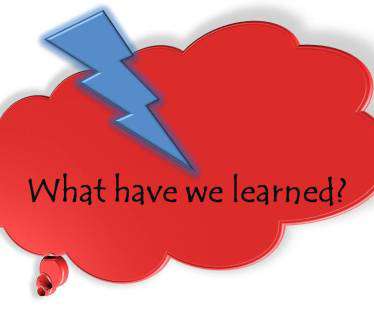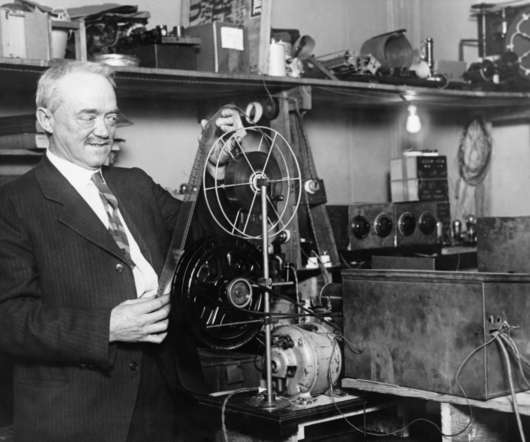Learning From Past Crises to Navigate Post-COVID-19
Reputation Us
MAY 12, 2020
As the president of ReputationUs and with 28 years of experience behind me, I have been striving to refine the art of managing corporate reputations during a crisis into a well-honed specialty. Be transparent about the mistakes and vulnerabilities that were made internally, operationally and with your reputation. Expose them.










Let's personalize your content